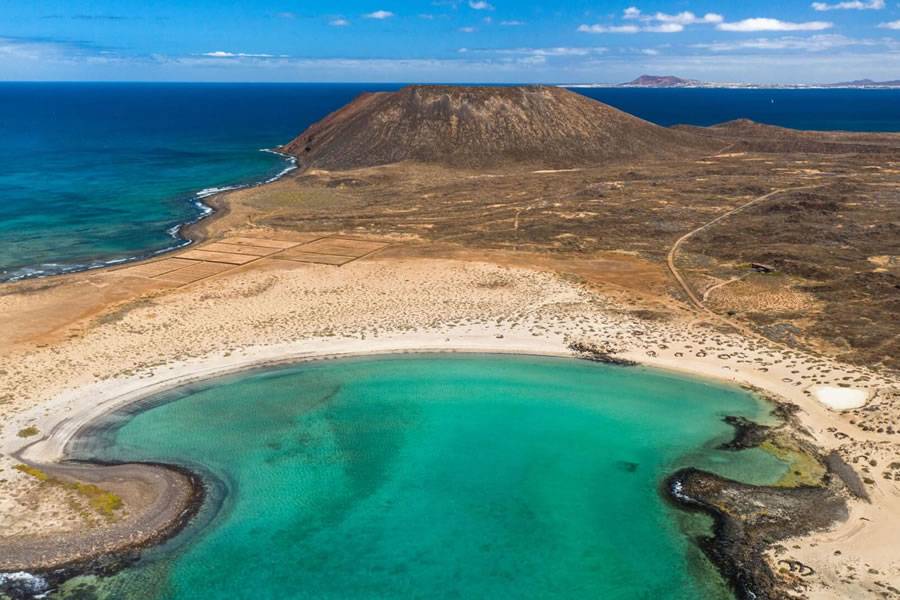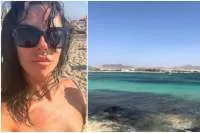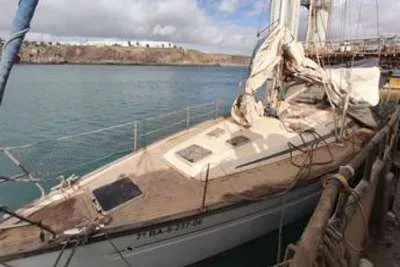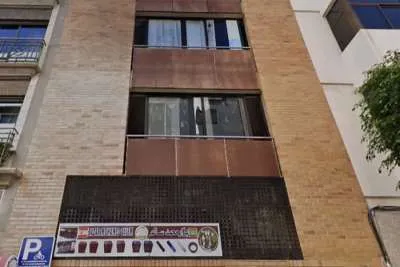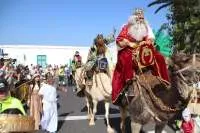Isla de Lobos... a true piece of paradise in the Canary Islands
- 13-03-2022
- Fuerteventura
- Canarian Weekly
To the north of Fuerteventura, there is a small island paradise that emerges from the waters of the Atlantic called Isla de Lobos, inhabited for centuries by monk seals and sea lions, this natural treasure of the Canary archipelago is a paradise within a paradise surrounded by the most extraordinary clear waters in the Bocaina Strait, which separates Fuerteventura from Lanzarote.
Isla de Lobos is 4.5 square kilometres of volcanic surface that brings together nature, with more than 100 plant species, just as many marine species, and different types of birds. The island was named a National Park in 1982, a fact that freed it from urban projects, keeping it as wild as it is magical.
There is no longer a trace of the monk seals, their numbers were decreased by fishermen who reduced the marine resources of the area, meaning they could no longer get the 50 kilos of fish a day they need to survive.
HOW TO GET TO LOBOS:
Ferries depart from the port of Corralejo several times a day, taking just 20 minutes to make the short crossing. In 2019, a quota of 400 visitors per day was imposed to reduce the impact of visitors, so to access it you will have to obtain a permit in advance from the official website: www.lobospass.com/welcome.
The companies that sail to Lobos are also in charge of managing these permits when you purchase a ferry ticket.

When you arrive at Lobos, surfers and small boats share the waves at the entrance to the small port. There is also no shortage of divers attracted by the high quality of the seabed in the strait, with a depth that doesn’t exceed 30 metres.
LOBOS PORT:
Just a five-minute walk away, El Puertito is the only place dotted with a few fishermen's houses that blend in with the landscape. One of them houses a small restaurant run by the descendants of the last lighthouse keeper on the island. From its walls hang old photographs that are combined with fabulous views of the sea.
There are no other restaurants in Lobos, so if you do not take food with you, you need to reserve a time as soon as you get off the ferry if you want to get one of their coveted tables.
In front of it, a wooden walkway floats over the transparent waters of what is surely the most special natural pool in the archipelago. From it, some dive into its dreamy turquoise waters, while others draw their cameras to get the most captured image of the island.
The volcanic stone arms caress the calm waters drawing tiny beaches where you can continue enjoying marine life by snorkelling.
EXPLORING THE ISLAND:
After a refreshing dip, it's time to explore Isla de Lobos. A good way to do so is by renting a bike in Corralejo and taking it on the boat with you, however, you can also cover the whole island on foot in about two hours. The route is circular and very simple since it is mainly flat. It runs between volcanic sand and lava fields adorned by gorse bushes that define the landscape.
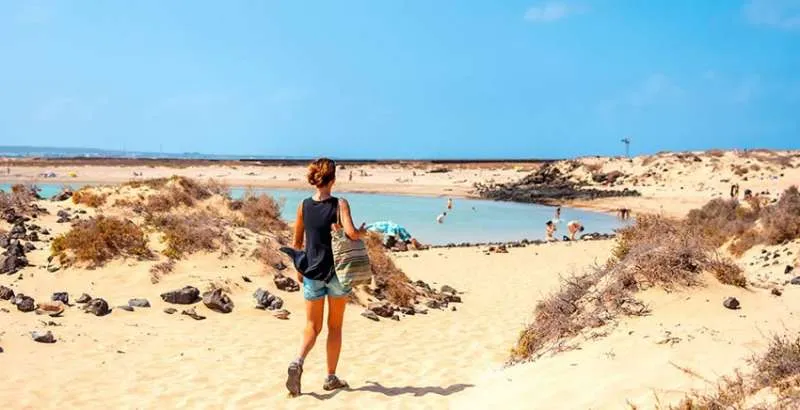
The first stop on the tour of the island is the Las Lagunitas salt marsh, a coastal ecosystem of high biological value and great quality for migratory birds such as the Kentish plover or the common linnet. Plant species are also found in it, among which the bird's tongue, the balancón, the uvilla de mar, or the everlasting Limonium ovalifolium are found, which are endemic to the island and restricted to this area due to their need for flooded places and sandy soils.
A succession of bare hills leads to the Caldera de la Montaña, the 127-metre-high volcanic crater whose eruptive process began during the Pleistocene, 50,000 years ago. From its top, you can see the entire islet, a small part of Fuerteventura and the south coast of Lanzarote.
THE MARTIÑO LIGHTHOUSE:
The lighthouse was inaugurated in 1865 and its last inhabitant, until 1968, was Antonio Hernández, better known among the locals as Antoñito el Farero. The poet Josefina Plá and the journalist and writer José Rial Vázquez were other famous people who lived in the tower.
Heading back south, it's time to relax on Calera beach, also known as Playa La Concha. With a crescent shape, golden sands, and crystal clear waters, it is the second-best place on the island to bathe and rest. Very close by are the Marrajo salt flats, built in the 1950s to obtain salt naturally by vaporizing seawater, but which never came into operation.
The tour returns to the port, but if you have a few minutes left, it is advisable to return to El Puertito to say goodbye to the most beautiful image of Fuerteventura's little sister.


